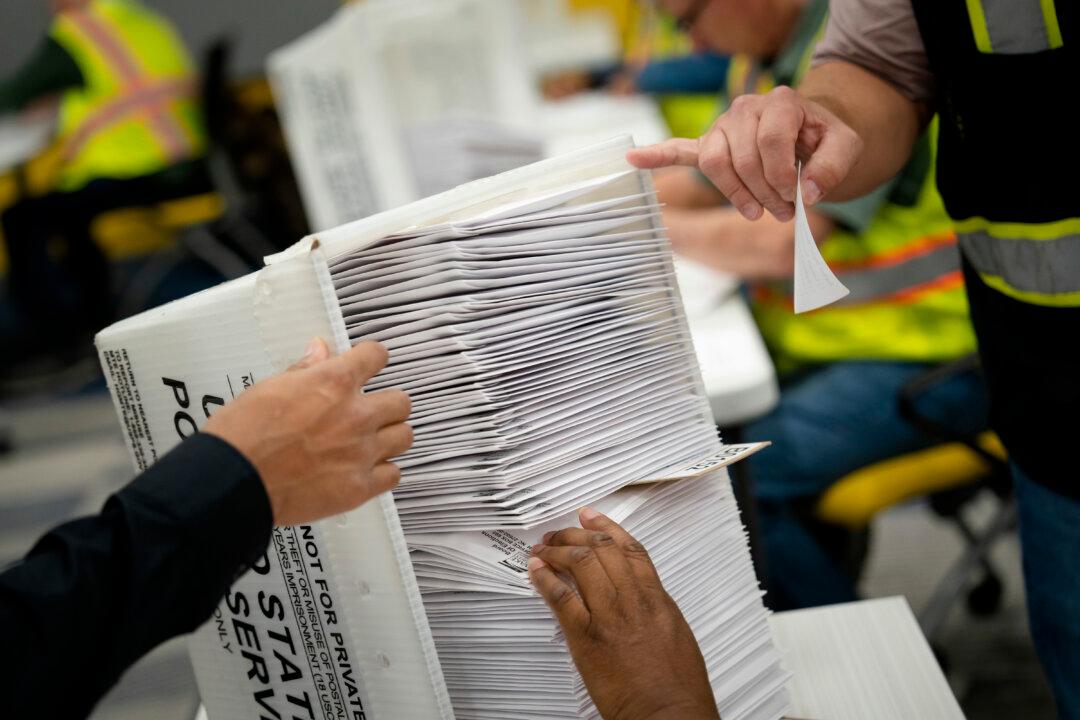The U.S. Social Security Administration sounded the alarm this week over a $600 payment increase scam that has been promoted online.
The claims about a $600 increase appear to be based on reports and projections about the cost-of-living adjustment applied to monthly Social Security retirement benefits and Supplemental Security Income (SSI) payments. The agency typically announces the adjustment in October, factoring in federal inflation data for the previous three months, and the cost-of-living adjustment is then applied for the next year.
“We are alerting the public to these falsehoods, and we are addressing these bogus claims at the source. No Cost-of-Living Adjustment (COLA) increase will occur until January 2025,” Mr. O’Malley noted.
In the release, the agency’s inspector general said that the public should be “keenly aware of any attempts” to gain their personal information related to receiving an increase in Social Security payments.
“The annual cost-of-living increases issued by SSA are ALWAYS automatic. No additional information is required for you to receive the legitimate COLA increase,” Social Security Inspector General Gail S. Ennis said in the release. “Safeguard your personal information as these reports of misinformation are often scam-related attempts to steal your identity, or your money, or both.”
In the post, Mr. O'Malley blamed the rash of phone calls on a “bogus news story” but didn’t elaborate on where it was published. “Big thanks to all SSA staff who helped customers with this rumor,” he added.
In 2023, consumers reported losing more than $126.5 million in Social Security-related scams. Consumer awareness is the most effective method of deterring these crimes, according to the report.
COLA Announcement
While the agency’s COLA announcement won’t be issued for at least three more months, a retirement advocacy group, the Senior Citizens League, has forecast that it will include 2.57 percent increase for 2025. Last year’s COLA was 3.2 percent, and it was applied to all Social Security and SSI payments going out in 2024.Last week, the group said that its model “points to a substantially lower COLA for next year,” down from its own 2.66 percent forecast announced last month.
Government data released last week showed that the consumer price index, a key metric for inflation, eased somewhat in May for a second straight month.
Consumer prices excluding volatile food and energy costs rose 0.2 percent from April to May, the government said on June 12. That’s down from 0.3 percent for April and was the smallest increase since October of 2023.
The Senior Citizens League wrote that with a lower COLA, some seniors can be left “thousands of dollars behind what they expected from Social Security” payments.
“This is mainly because a COLA shortfall has a long-lasting, cumulative effect,” the group noted. “For example, imagine getting a $1,000 monthly Social Security check in your first year of retirement. You get a 4 percent COLA, and inflation is 5 percent, so now your check is $1,040 but should be $1,050.”
When such a difference is compounded over several decades, “the numbers start adding up quickly,” the group said.







